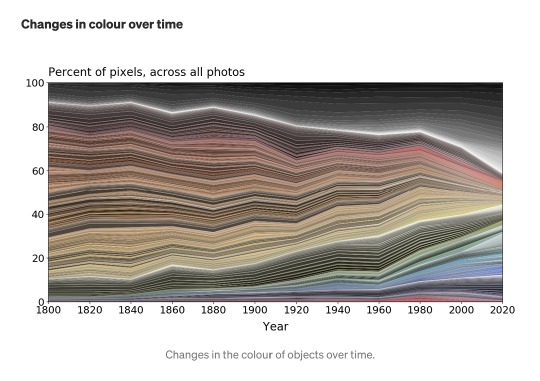Hey, so because of personal reasons I’ve had trouble writing the past couple days. It is very fortuitous that Thought Slime put up this video today. I’m about 2 minutes in, and this feels uncomfortably like a description of me, or at least some aspects of my life. At around 4 minutes, it just starts describing my work process, which feels a little rude to do without consulting me first! Fortunately, this video is about more than how my brain works (and nobody else’s). It’s about the concept and history of “laziness” in general, and how it just destroys people; not in isolation, but in conjunction with everything else in society.



